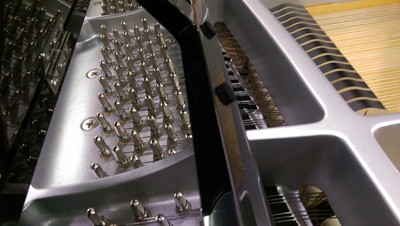The following two tabs change content below.


Greg Lee
Hi, my name is Greg Lee. I'm the creator of the Color Score Professional/Visual Chord Learning System. I love to share ideas and concepts about piano and keyboard playing in all styles of music. I believe the key to learning is having fun and making complicated things simple with visual tools and illustrations.
Latest posts by Greg Lee (see all)
- What is a minor/Major 7 Chord? - October 26, 2023
- 7 Chord Substitutions that Professionals Use - October 19, 2023
- 5 Simple Chord Tricks to Sound Amazing - October 5, 2023





 There's a subset of the authentic cadence that further defines whether it is a "Perfect Authentic Cadence" or " Imperfect Authentic Cadence". Whether it is one or the other depends upon the voicing (the way in which the notes of the chord are arranged).
There's a subset of the authentic cadence that further defines whether it is a "Perfect Authentic Cadence" or " Imperfect Authentic Cadence". Whether it is one or the other depends upon the voicing (the way in which the notes of the chord are arranged).
 The imperfect authentic cadence is one in which the tonic of the chord is not the highest note. Instead, the chord is inverted meaning that any of the other notes can be on top of the chord.
The imperfect authentic cadence is one in which the tonic of the chord is not the highest note. Instead, the chord is inverted meaning that any of the other notes can be on top of the chord. You may also have the 5th as the top voice
You may also have the 5th as the top voice




